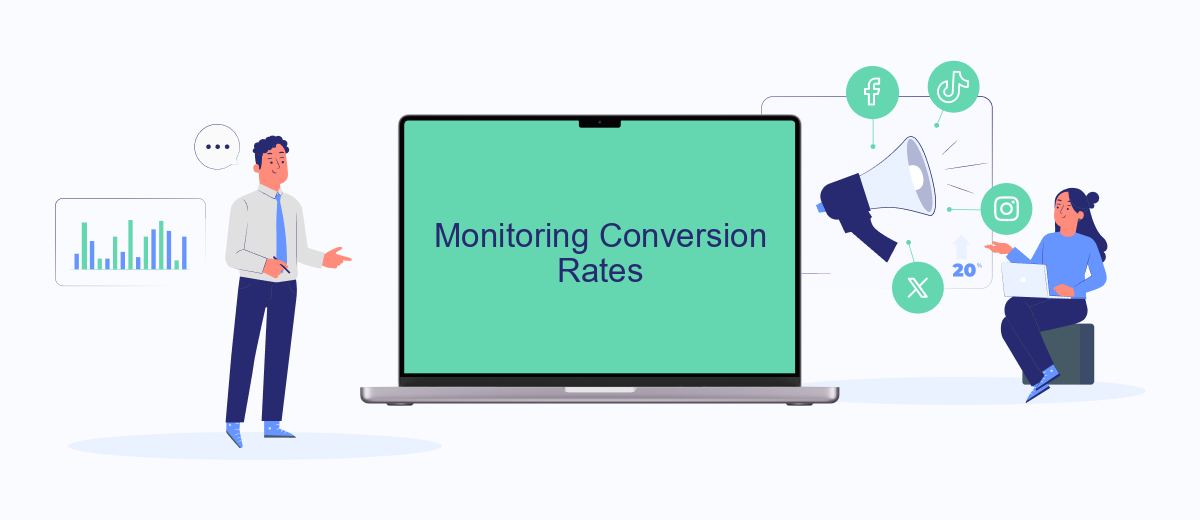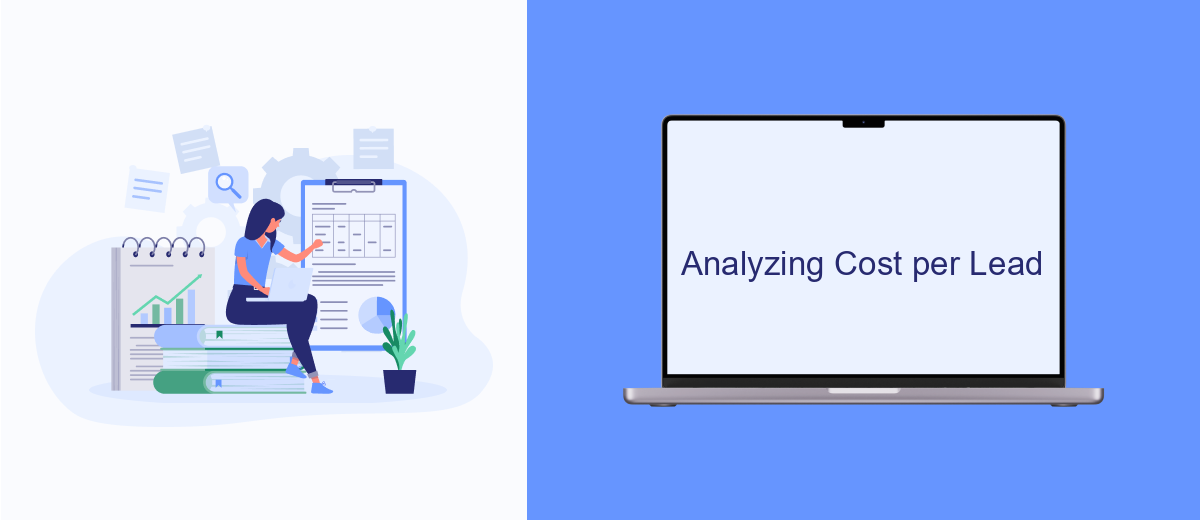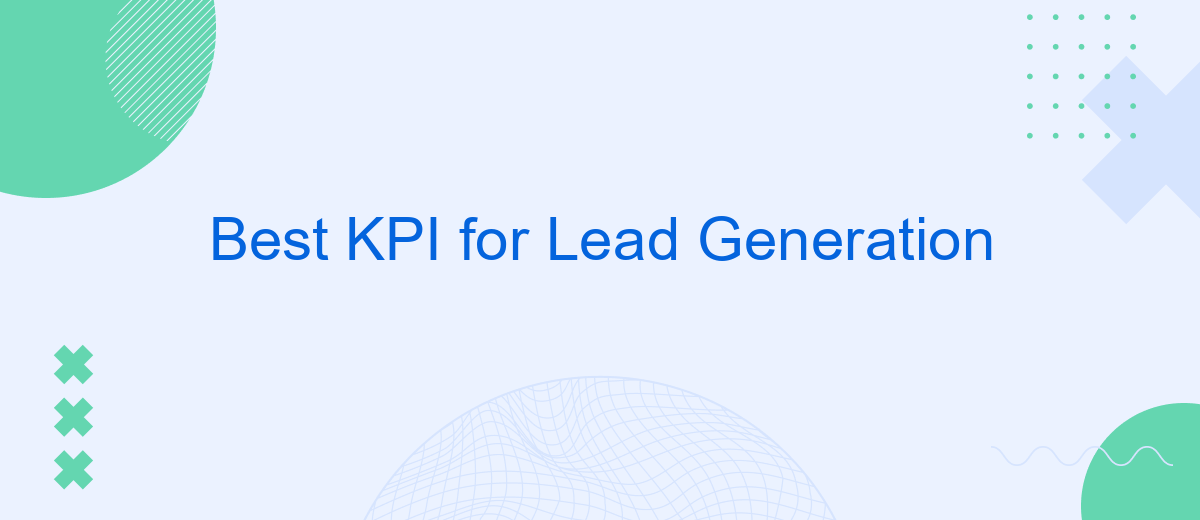In today's competitive business landscape, effective lead generation is crucial for growth and sustainability. To ensure success, it's essential to track the right Key Performance Indicators (KPIs). This article explores the best KPIs for lead generation, offering insights into how these metrics can help you optimize your strategies and achieve your business objectives.
Measuring Lead Quality
Measuring lead quality is crucial for optimizing your lead generation strategy. By evaluating the quality of leads, businesses can focus their efforts on prospects most likely to convert, thereby improving overall efficiency and ROI. There are several key metrics to consider when assessing lead quality:
- Lead Scoring: Assign points to leads based on their actions and engagement levels.
- Conversion Rate: Track the percentage of leads that convert into customers.
- Customer Lifetime Value (CLV): Estimate the total revenue a lead can generate over time.
- Lead Source Quality: Analyze which channels produce the highest quality leads.
Utilizing tools like SaveMyLeads can streamline the process of measuring lead quality. SaveMyLeads offers seamless integration with various platforms, allowing businesses to automate lead scoring and track performance metrics in real-time. By leveraging such services, companies can make data-driven decisions to enhance their lead generation efforts.
Tracking Engagement Metrics

Tracking engagement metrics is crucial for understanding how well your lead generation efforts are resonating with your audience. Key metrics to monitor include click-through rates (CTR), bounce rates, and time spent on page. These indicators provide insight into how engaging your content is and whether it is effectively driving potential leads further down the sales funnel. Consistently analyzing these metrics allows you to refine your strategies and improve overall lead quality.
Integrating your tracking tools with a service like SaveMyLeads can streamline the process of collecting and analyzing engagement data. SaveMyLeads enables seamless data integration between your lead generation platforms and CRM systems, ensuring that you have real-time access to essential metrics. By automating data flow and centralizing your analytics, you can make more informed decisions and optimize your lead generation campaigns for better performance.
Monitoring Conversion Rates

Monitoring conversion rates is crucial for optimizing lead generation efforts. By tracking how many leads convert into actual customers, businesses can identify bottlenecks in their sales funnel and make data-driven decisions to improve their strategies.
- Set up conversion tracking: Utilize tools like Google Analytics or CRM systems to monitor conversion rates from different channels.
- Analyze conversion data: Break down the data by source, campaign, and demographic to understand which factors contribute to higher conversion rates.
- Implement A/B testing: Test different landing pages, CTAs, and marketing messages to see which variations yield the best results.
- Use automation tools: Services like SaveMyLeads can help streamline the integration of various marketing platforms, making it easier to track and analyze conversion rates.
Regularly monitoring and analyzing conversion rates allows businesses to refine their lead generation strategies and ultimately increase their ROI. By leveraging tools and services that facilitate seamless data integration and analysis, companies can ensure they are making informed decisions to drive growth.
Analyzing Cost per Lead

Analyzing the cost per lead (CPL) is essential for understanding the efficiency of your lead generation strategies. By calculating CPL, businesses can determine the financial investment required to acquire a new lead, allowing for more informed budgeting and strategy adjustments.
To calculate CPL, divide the total marketing expenses by the number of leads generated within a specific period. This metric helps identify which marketing channels are the most cost-effective and which may need optimization or discontinuation.
- Track total marketing expenses accurately.
- Monitor the number of leads generated.
- Calculate CPL by dividing expenses by leads.
- Compare CPL across different channels.
Using integration services like SaveMyLeads can streamline the process of tracking and analyzing CPL. SaveMyLeads automates the transfer of lead data from various sources to your CRM, ensuring accurate and up-to-date information. This automation not only saves time but also enhances the reliability of your CPL calculations, ultimately leading to more effective lead generation strategies.
Evaluating Lead Attribution
Evaluating lead attribution is crucial for understanding which marketing efforts are driving the most valuable leads to your business. By accurately tracking the source of your leads, you can allocate resources more effectively and optimize your marketing strategies. This involves using various tools and methodologies to attribute leads to specific campaigns, channels, or touchpoints. It's essential to have a robust system in place to gather and analyze this data, ensuring that you can make data-driven decisions to enhance your lead generation efforts.
One effective way to streamline lead attribution is through integrating your marketing platforms and CRM systems. Services like SaveMyLeads can automate the process of collecting and organizing lead data from multiple sources, providing a comprehensive view of lead origins. By leveraging such integrations, you can ensure that no lead goes untracked and that your attribution data is accurate and up-to-date. This not only saves time but also enhances the precision of your marketing analytics, allowing for more targeted and efficient lead generation strategies.
- Automate the work with leads from the Facebook advertising account
- Empower with integrations and instant transfer of leads
- Don't spend money on developers or integrators
- Save time by automating routine tasks
FAQ
What are the most important KPIs for lead generation?
How can I track the quality of leads generated?
What is a good conversion rate for lead generation?
How can I reduce the Cost Per Lead (CPL)?
Why is Time to Conversion an important KPI?
If you use Facebook Lead Ads, then you should know what it means to regularly download CSV files and transfer data to various support services. How many times a day do you check for new leads in your ad account? How often do you transfer data to a CRM system, task manager, email service or Google Sheets? Try using the SaveMyLeads online connector. This is a no-code tool with which anyone can set up integrations for Facebook. Spend just a few minutes and you will receive real-time notifications in the messenger about new leads. Another 5-10 minutes of work in SML, and the data from the FB advertising account will be automatically transferred to the CRM system or Email service. The SaveMyLeads system will do the routine work for you, and you will surely like it.

